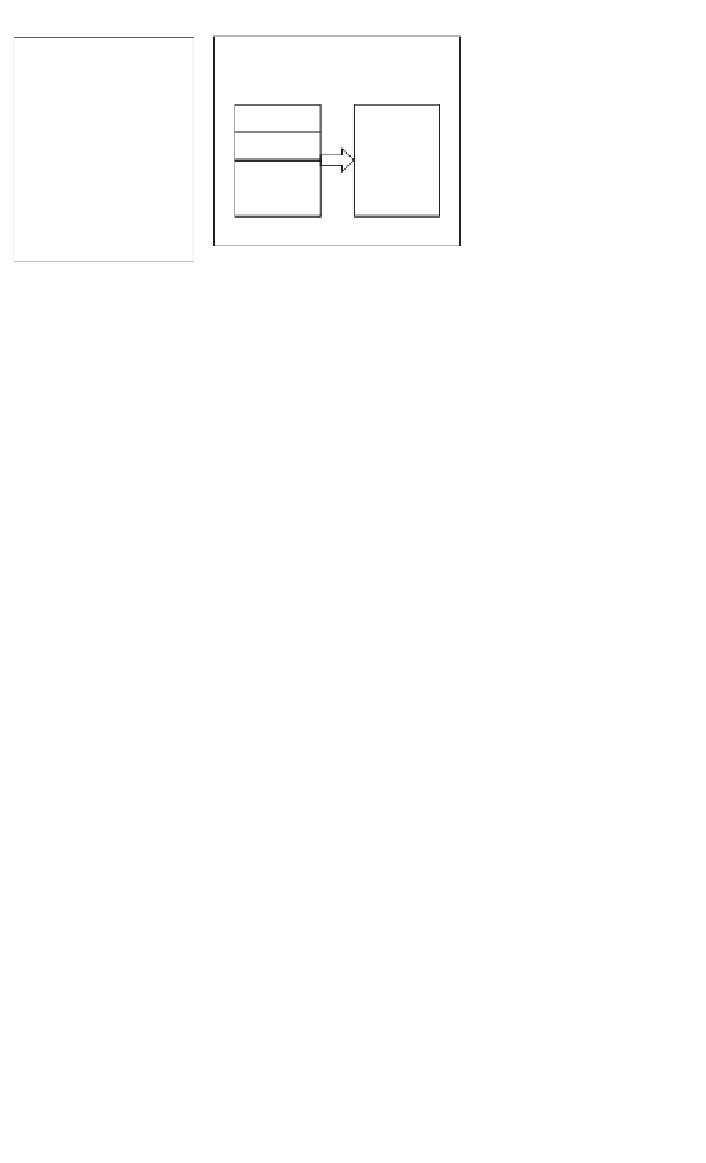Environmental Engineering Reference
In-Depth Information
Land use and
water resource
investments
Context
Action Arena
• Water resources
• Financial
resources
• Risk
• Local and
customary
institutions
• Secondary and
tertiary nodes
Actors
Collective
action
Individual
action
Patterns or
interactions
Rules
Action
resources
Outcomes and
effects on welfare
and water transition
Figure 6.2
The framework for institutional analysis applied to multi-scale watershed
management.
Source: CPWF, 2013.
What did CPWF learn about water management institutions?
Publications
To keep the task of synthesis manageable, we focused our analysis on peer-
reviewed publications. We identified and accessed a total of 68 such publi-
cations (see chapter appendix, Table 1), including 6 books, 6 topic chapters,
54 journal articles and 2 working papers suitable for review.
1
We we r e a s
systematic as possible and believe the publications are representative of the
research done in CPWF in terms of methods, approaches and findings.
The research was about institutions for water management, so it is interesting
to note the range of thematic areas and disciplines represented by the journals
(chapter appendix, Table 2). Environmental sciences was the commonest
subject (19), followed by social science (8), agricultural and biological sciences
(6), business, management and accounting (4), earth and planetary studies (4),
economics (2), and engineering (2). Nearly all the journals are multi-
disciplinary.
The unweighted mean of the impact factors for the 27 journals that
published impact factors was 1.53. A Google Scholar analysis of the citations
of those articles
2
and topic chapters on April 18, 2013, showed that the papers
were cited a total of 1561 times, for an average of 23 citations per paper. A
review paper that compared governance in the Mekong to other complex
governance situations (Lebel et al., 2006) was cited 346 times. Seven papers
were cited more than 50 times, nine were cited 20-50 times, fifteen 11-20










Search WWH ::

Custom Search